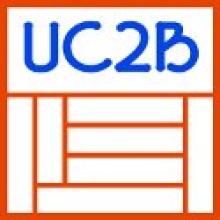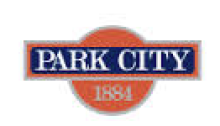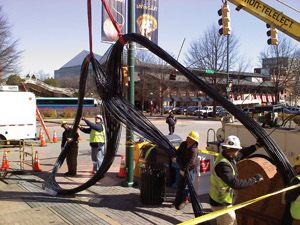UC2B and Partner Bringing Fiber to More Urbana-Champaign Communities in Illinois
The UC2B Network and its partner, iTV-3, will soon bring gigabit capabilities to more people in the Champaign-Urbana community in Illinois. According to the UC2B press release [PDF], iTV-3 will expand existing fiber to areas of the community to serve residents and businesses. iTV-3 will take subscriptions for commercial and residential access online at www.theperfectupgrade.com.
In a statement from the FCC, Chairman Tom Wheeler commented:
"Congratulations to Urbana-Champaign Big Broadband (UC2B) and iTV-3 on making gigabit services over fiber available throughout the community. This public-private partnership provides a valuable model for communities and companies throughout the country and a demonstration of the creativity that is stimulated when localities are free to work with the private sector to improve broadband offerings.”
UC2B and the University of Illinois at Urbana-Champaign received American Recovery and Reinvestment Act (ARRA) funds to deploy an urban FTTH network in Illinois. The not-for-profit corporation offered economical Internet service to residential subscribers in economically disadvantaged areas, some as low as $19.99 per month. The network also connected a number of community anchor institutions including schools, hospitals, and municipal facilities throughout the Urbana-Champaign metropolitan area.
According to a fact sheet on the project [PDF], the company is a subsidiary of a family-owned business that started in Springfield, Illinois. iTV-3 has been an ISP since the mid 1990s but also owns and operates over 775 Family Video stores in 19 states and Canada. UC2B chose iTV-3 because the company operates in a manner consistent with the Community Broadband Principles, core values guiding UC2B since inception. iTV-3 will also contribute to UC2B's Community Benefit Fund, established to improve digital literacy and digital inclusion.










 The desire to focus on long term investments rather than rapidly evolving services is a natural reaction given the historic role of local governments in long term infrastructure investments. Fiber certainly fits in that description and as many have noted, the comparison to roads is apt.
The desire to focus on long term investments rather than rapidly evolving services is a natural reaction given the historic role of local governments in long term infrastructure investments. Fiber certainly fits in that description and as many have noted, the comparison to roads is apt.